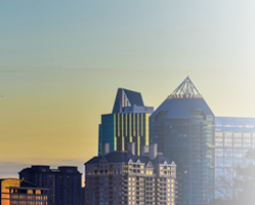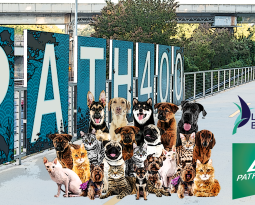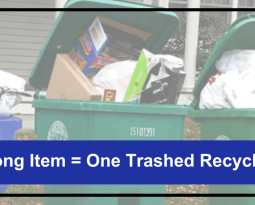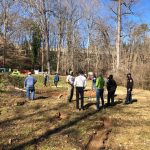Less traffic, more green space: Lessons from a pandemic year
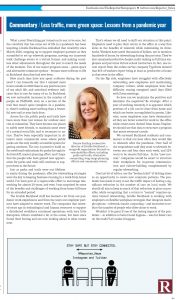 This Op-Ed originally ran in the Reporter Newspapers on March 2, 2021
This Op-Ed originally ran in the Reporter Newspapers on March 2, 2021
What a year! Everything got turned on its ear, to be sure, but the creativity that has come out of life in a pandemic has been inspiring. Livable Buckhead has embodied that creativity since March 2020, stepping up to support employer partners as they scrambled to set up telework programs, moving our in-person walk challenge events to a virtual format, and making countless other adjustments throughout the year to match the needs of the moment. Two of our major program areas – greenspace and alternative commute options – became more relevant to life in Buckhead than they had ever been.
How much time have you spent outdoors during the past year? I can honestly say that I enjoyed more hours outside in 2020 than in any previous year of my adult life, and anecdotal evidence indicates that is true for many of us. In Buckhead we saw noticeable increases in the number of people on PATH400, even on a section of the trail that wasn’t quite complete. In a pandemic, there’s nothing more inviting that a beautiful new trail at your back door.
Across the city, public parks and trails have been more than just venues for outdoor exercise or relaxation. They have become our places to safely meet friends, to maintain some sense of a normal social life, and to reconnect to nature. They’ve been especially important in Atlanta’s more commercial areas where public parks are the only readily accessible option for getting outdoors. The city is poised to build on the newfound enthusiasm for parks through its ActivateATL master planning effort, and I hope that the people who have gained new appreciation for parks and trails will continue to support them in the future.
Just as parks and trails were our lifelines to sanity during the pandemic, effective teleworking strategies were the key to keeping business running in a work-from-home world. I’ve been part of a regionwide effort to encourage teleworking for almost 20 years, and even I was surprised by some of the benefits and challenges of working from home full-time for an extended period.
The Livable Buckhead staff has learned a lot from our pandemic work experiences and from the ways our employer partners have adapted to remote work. The companies that invested years ago in technological and human resources to support a distributed workforce continued operations with very little disruption. Others stumbled a bit at the outset but have since found their footing and are now looking ahead to what comes next.
That’s where we all need to shift our attention at this point. Employers need to plan their return to the office in a way that locks in the benefits of telework while minimizing its drawbacks. Workers have saved thousands of dollars, not to mention hundreds of hours by teleworking during the past year. They’ve also remained productive despite multi-tasking as full-time employees and part-time virtual school instructors. In fact, one study from Typeform showed that 81% of workers report being at least as productive at home as they were in the office.
On the flip side, employers have struggled with effectively onboarding new employees and maintaining company culture, while employees have had difficulty staying energized amid days filled with Zoom meetings.
So how can we maximize the positives and minimize the negatives? Be strategic. After a year of working remotely, it is apparent which portions of a job can be done from home and which are better accomplished in person. Likewise, some employees may have demonstrated they are better suited for work in the office while others have thrived from home. Employers should use that data to structure a program that meets everyone’s needs.
We surveyed Buckhead residents and commuters to find out how often they would like to telework after the pandemic. Over half of the respondents said they want to telework between one and four days each week and 22% want to be remote full-time. In the “new normal” companies would be smart to structure their workplaces for in-person communication and culture-building complemented by regular teleworking.
One last bit of advice: use the “broken habit” of driving alone as an opportunity to create new commute patterns. The pandemic has made it easy to see the traffic impact of having a significant reduction in the number of cars on local roads. We should all aim to keep as much of that reduction in place as possible, while recognizing that a return to “normal” requires options beyond teleworking. Livable Buckhead is working with employers on flexible workplace strategies that integrate multiple options – telework, transit, carpooling – and incentives to reduce the number of people who drive alone to work.
Wouldn’t it be great if one of the lasting impacts of the pandemic – in addition to better hand hygiene – were far fewer cars on the roads? Let’s make it happen.


